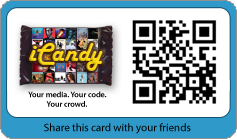Adding irony to injury for Kodachrome
Reporting on Kodak’s retiring of their famed Kodachrome film, NPR’s All Things Considered, Melissa Block interviewed photographer Steve McCurry (emphasis mine):
I’m looking at one of your most iconic images, this is the photo of a young Afghan girl… she’s wearing a brick-red head scarf and there’s a green background and her eyes are just popping off the screen…
I think that just about says it all. You can also view an online gallery of what some of the great photos taken with Kodachrome look like after they’ve been scanned, digitized, and re-rendered on whatever computer monitor you happen to have. Such vivid colors!
Adding irony to injury for Kodachrome Read More »
